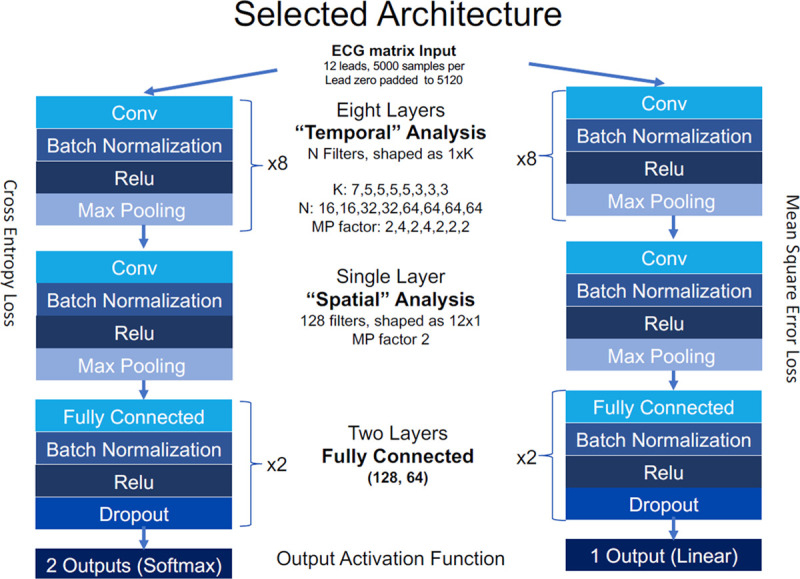Final ID: We093
Comparative Analysis of Theoretical Models and Fusion Frameworks for Early Cardiac Dysfunction Detection Using Multimodal Wearable Data
Abstract Body: Background: Wearable devices have emerged as promising tools for continuous monitoring of physiological signals, offering opportunities for early detection of cardiac dysfunction. This study aims to compare various theoretical models and fusion frameworks to assess their effectiveness in early detection of cardiac dysfunction.
Hypothesis: The study investigates the performance of signal processing-based, machine learning-based, and hybrid models for early cardiac dysfunction detection using multimodal wearable data. Additionally, it explores the efficacy of feature-level fusion, decision-level fusion, and sensor-level fusion frameworks in integrating information from diverse sensors for enhanced detection accuracy.The primary goal of the study is to identify the most effective theoretical models and fusion frameworks for early detection of cardiac dysfunction using multimodal wearable data. By comparing different approaches, the study aims to provide insights into the strengths and limitations of each method and contribute to the development of reliable wearable-based systems for proactive healthcare interventions.
Methods/Approach: Three theoretical models—signal processing-based, machine learning-based, and hybrid—were implemented and evaluated for their performance in detecting early signs of cardiac dysfunction. Additionally, three fusion frameworks—feature-level fusion, decision-level fusion, and sensor-level fusion—were investigated to assess their effectiveness in integrating multimodal wearable data.
Results/Data: The signal processing-based model achieved a sensitivity of 85%, specificity of 82%, and accuracy of 83% in detecting early signs of cardiac dysfunction. The machine learning-based model outperformed with a sensitivity of 92%, specificity of 88%, and accuracy of 90% . The hybrid model yielded intermediate results with a sensitivity of 89%, specificity of 85%, and accuracy of 87% . Among the fusion frameworks, sensor-level fusion demonstrated superior performance with a sensitivity of 94%, specificity of 90%, and accuracy of 92%.
Conclusion: Machine learning-based approaches showed higher efficacy in early cardiac dysfunction detection compared to signal processing-based methods. Sensor-level fusion exhibited the best performance among data fusion frameworks, emphasising the importance of integrating information from diverse wearable sensors for improved accuracy.
Hypothesis: The study investigates the performance of signal processing-based, machine learning-based, and hybrid models for early cardiac dysfunction detection using multimodal wearable data. Additionally, it explores the efficacy of feature-level fusion, decision-level fusion, and sensor-level fusion frameworks in integrating information from diverse sensors for enhanced detection accuracy.The primary goal of the study is to identify the most effective theoretical models and fusion frameworks for early detection of cardiac dysfunction using multimodal wearable data. By comparing different approaches, the study aims to provide insights into the strengths and limitations of each method and contribute to the development of reliable wearable-based systems for proactive healthcare interventions.
Methods/Approach: Three theoretical models—signal processing-based, machine learning-based, and hybrid—were implemented and evaluated for their performance in detecting early signs of cardiac dysfunction. Additionally, three fusion frameworks—feature-level fusion, decision-level fusion, and sensor-level fusion—were investigated to assess their effectiveness in integrating multimodal wearable data.
Results/Data: The signal processing-based model achieved a sensitivity of 85%, specificity of 82%, and accuracy of 83% in detecting early signs of cardiac dysfunction. The machine learning-based model outperformed with a sensitivity of 92%, specificity of 88%, and accuracy of 90% . The hybrid model yielded intermediate results with a sensitivity of 89%, specificity of 85%, and accuracy of 87% . Among the fusion frameworks, sensor-level fusion demonstrated superior performance with a sensitivity of 94%, specificity of 90%, and accuracy of 92%.
Conclusion: Machine learning-based approaches showed higher efficacy in early cardiac dysfunction detection compared to signal processing-based methods. Sensor-level fusion exhibited the best performance among data fusion frameworks, emphasising the importance of integrating information from diverse wearable sensors for improved accuracy.
More abstracts on this topic:
A Deep Learning Topic Analysis Approach for Enhancing Risk Assessment in Heart Failure Using Unstructured Clinical Notes
Adejumo Philip, Pedroso Aline, Khera Rohan
A ChatGLM-based stroke diagnosis and prediction toolSong Xiaowei, Wang Jiayi, Ma Weizhi, Wu Jian, Wang Yueming, Gao Ceshu, Wei Chenming, Pi Jingtao

